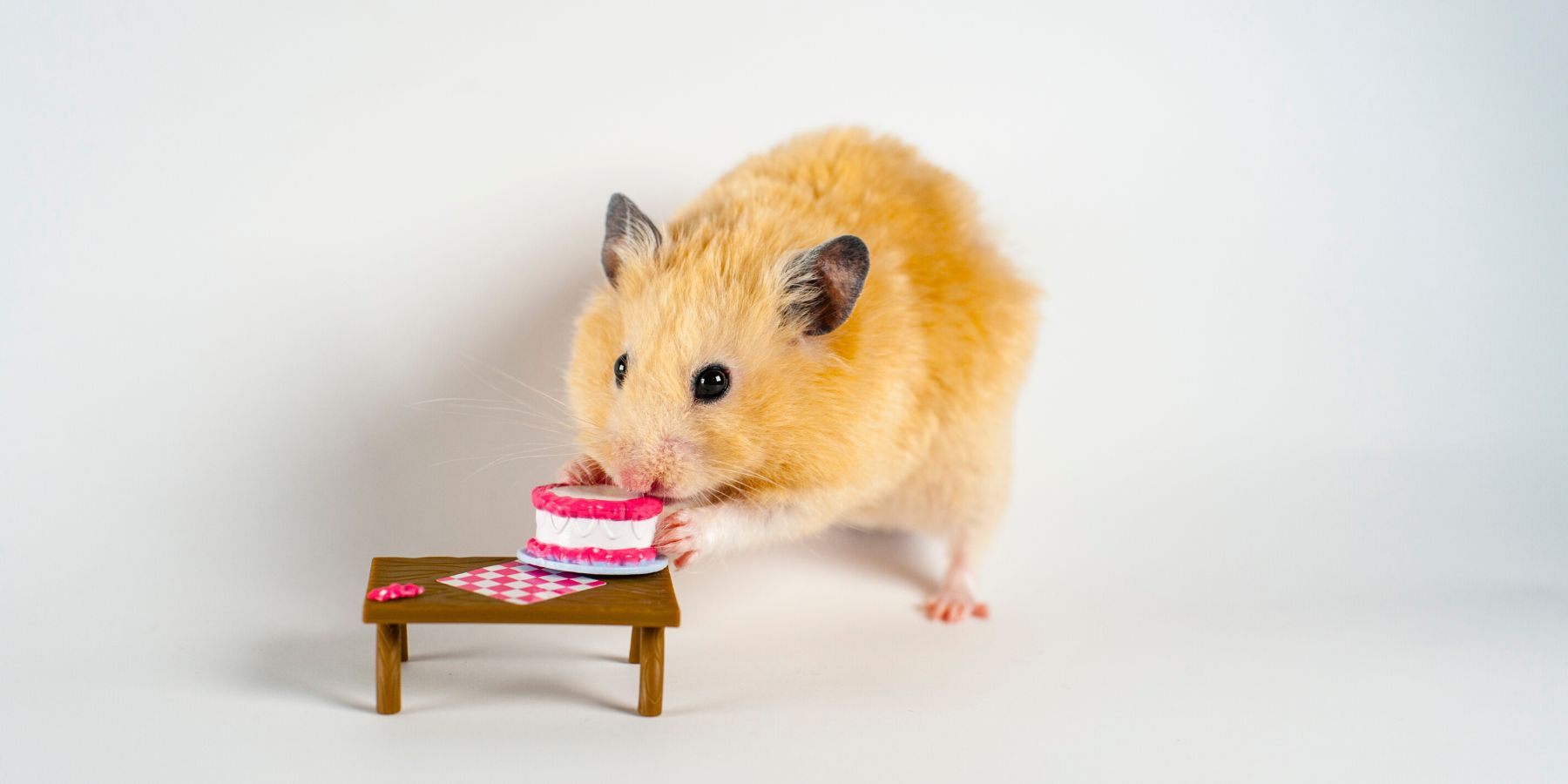Grooming is an essential aspect of caring for your pet hamster. Not only does it keep them looking their best, but it also ensures they remain healthy and comfortable. This guide will provide you with all the necessary information to keep your furry friend clean and happy in their hamster cage.
Understanding the Basics of Hamster Grooming
Hamsters are naturally clean animals and spend a significant amount of time grooming themselves. However, they still need a little help from their owners to maintain optimal cleanliness.
The Importance of Regular Grooming
Health and Hygiene: Regular grooming helps prevent skin diseases and keeps your hamster’s coat in good condition.
Bonding Time: Grooming sessions can also be a bonding experience between you and your pet.
Knowing Your Hamster’s Needs
Each hamster is unique, and their grooming needs can vary based on their breed, age, and health condition.
Tools for Hamster Grooming
Having the right tools is important for effective grooming.
Essential Grooming Supplies
Soft-bristled Brush: A small, soft-bristled brush or a clean toothbrush can be used for brushing your hamster’s fur.
Pet-safe Wipes: These can be used for gentle cleaning, especially for long-haired breeds.
Chinchilla Sand: A sandbox filled with chinchilla sand allows your hamster to take dust baths, which is a natural way for them to clean their fur.
Setting Up a Grooming Area
Calm Environment: Choose a quiet place for grooming to keep your hamster relaxed.
Secure Space: Ensure the area is secure and safe, with no escape routes.
Grooming Steps and Techniques
Proper technique is crucial for a safe and effective grooming session.
Brushing Your Hamster’s Fur
Gentle Strokes: Use the brush to gently stroke your hamster’s fur. This helps remove dirt and untangle any knots, especially in long-haired breeds.
Frequency: Brushing should be done once a week or more often for long-haired hamsters.
Cleaning Your Hamster
Using Pet-safe Wipes: Gently clean any dirty areas with pet-safe wipes. Avoid using water as hamsters can easily catch a cold.
Dust Baths: Allow your hamster to roll in chinchilla sand 2-3 times a week to help absorb oils and dirt from their fur.
Nail Trimming
Trimming Nails: If your hamster’s nails get too long, carefully trim them with small pet nail clippers. Only do this if you are confident; otherwise, seek help from a veterinarian.
Maintaining a Clean Living Environment
Keeping the hamster cage clean is as important as grooming your hamster.
Regular Cage Cleaning
Daily Spot Cleaning: Remove soiled bedding and food remnants daily.
Weekly Deep Cleaning: Clean the entire cage with pet-safe disinfectants weekly to maintain a hygienic environment.
Providing Dust Bath Opportunities
Sand Bath Area: Include a small container with chinchilla sand in the cage for your hamster to bathe in.
Health Considerations in Grooming
Monitoring your hamster’s health during grooming sessions is important.
Watching for Skin and Fur Issues
Regular Checks: Look for any signs of skin irritation, bald spots, or parasites during grooming.
Veterinary Consultation: If you notice any abnormalities, consult a veterinarian for advice.
Understanding Your Hamster’s Behavior
Stress Signs: If your hamster shows signs of stress during grooming, give them a break and try again later.
Conclusion
Grooming is a crucial part of hamster care. Regular brushing, cleaning with pet-safe wipes, and providing dust baths are key to keeping your pet clean. Additionally, maintaining a clean hamster cage and being mindful of your pet’s health and behavior during grooming can ensure they stay healthy and comfortable. With these tips, grooming your hamster can be a simple and enjoyable process for both of you.

Stan
Stan is a lifestyle blogger and freelance writer. He loves exploring new places, trying out different cuisines, and writing about his experiences. He's also a fitness enthusiast and enjoys practicing yoga and weightlifting.